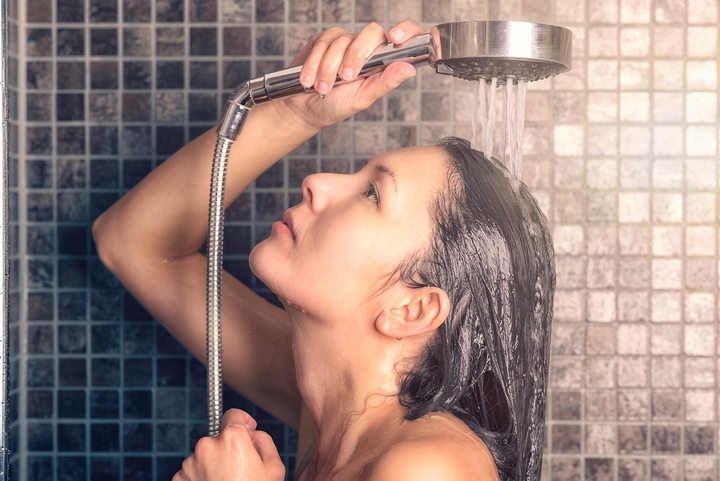Dealing with your home’s broken amenities can be quite bothersome and can interrupt your day-to-day life. If you’re facing a constant dripping tap, stubborn blockages in your pipes, no hot water suddenly, or the water’s stopped flowing altogether, these issues can really affect how comfortable and convenient your home feels. Fixing these issues can help get your home back to running smoothly, allowing you to relax in an efficient and worry-free environment.
It’s really annoying when your shower doesn’t give you the strong spray you need to feel completely clean. If that’s a problem you’re dealing with, don’t worry, we’ve got your back. You might think it requires expert plumbing skills to correct low water pressure, but it’s actually pretty straightforward. Not convinced?
Keep reading for a step-by-step guide on how to boost your shower’s water pressure and step out feeling refreshed and renewed!
Blocked pipes
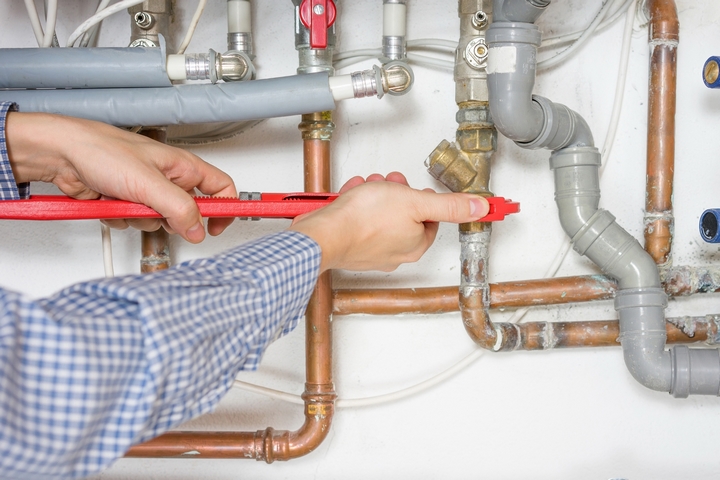
If you’re dealing with low shower pressure, it could be due to clogged pipes. Pipes can get blocked over time as sediment, minerals, and other debris build up, which can slow down water flow.
This build-up tends to narrow the paths the water takes, causing the pressure to drop. It’s a common issue in places with hard water, since minerals tend to accumulate faster there. You should contact a plumber for help.
Clogged showerhead
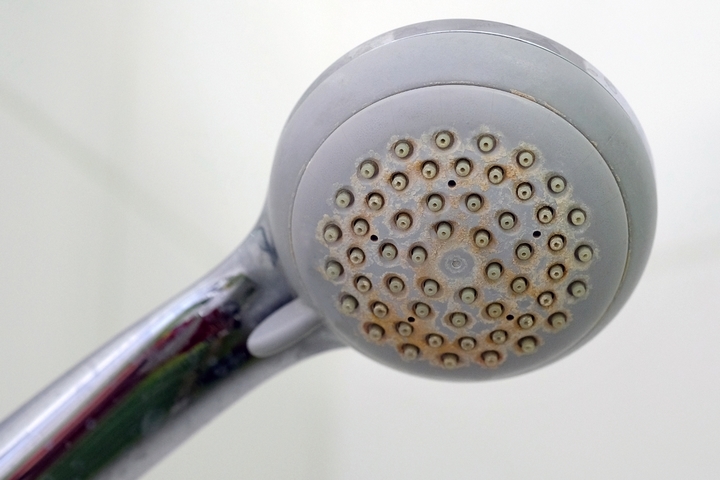
Low water pressure in your shower could also be due to a blocked showerhead. Often, mineral buildup, especially from hard water, can clog up the small openings in the showerhead and slow down the water flow.
Leaking pipes
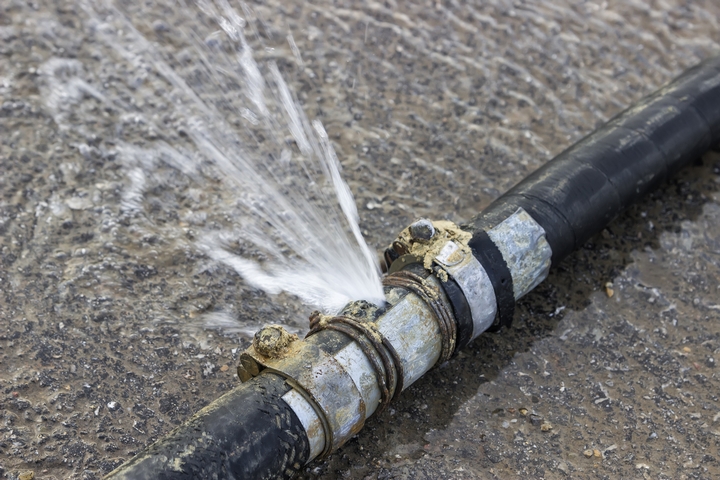
Leaky pipes might be why your shower is more of a drip than a deluge. They can start dripping for many reasons: they get old and rusty, or maybe something accidentally hits them too hard.
When they let water out before it hits your showerhead, your water pressure goes down. Plus, these leaks can waste a lot of water and even ruin the nearby areas with water damage.
Accidentally shutoff valves
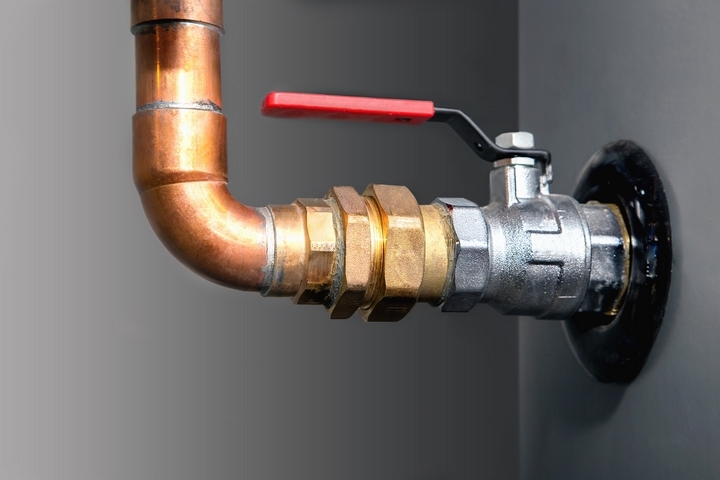
Many people don’t realize that weak water pressure can sometimes be due to valves being shut off by mistake. These valves are typically found along the lines that supply water in your home, and they let you control the flow of water to different places or fixtures. A valve that’s not fully open can cause the water pressure in your shower to drop quite a bit.
So, now that we have explored some potential reasons for this issue let’s move on to figuring out the solution.
Cleaning the showerheads

Removing the showerhead to address sediment buildup is crucial in revitalizing water pressure. To begin, turn off the water supply to the shower to prevent any mess or accidents. Using an adjustable wrench, carefully unscrew the showerhead from the shower arm. Put a cloth or towel around the arm to keep it from getting scratched up.
Once it’s off, check for any sediment or mineral build-up. If it’s there, let the showerhead sit in a mix of white vinegar and water, with equal parts, for a good few hours. The vinegar’s acid will help clear away the build-up. After it’s had time to soak, take an old toothbrush and scrub off what’s left of the sediment.
Make sure you rinse the showerhead well before you screw it back onto the arm. This straightforward method can make a big difference in how well your water flows, making your showers better!
Inspecting the water pressure regulator
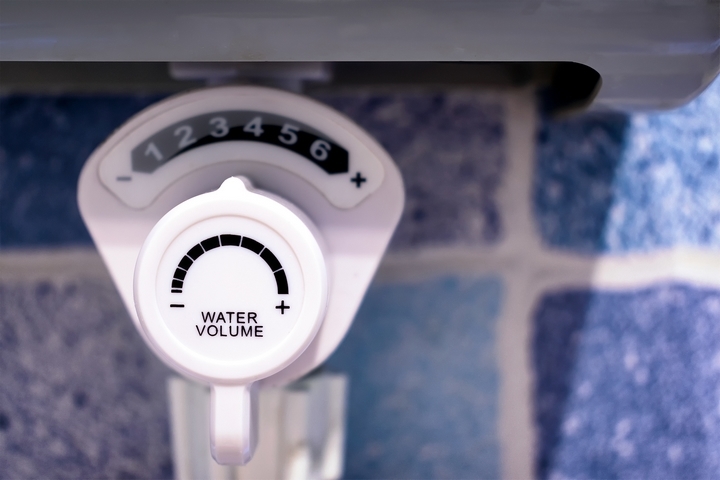
Checking your water pressure regulator is a solid step to fixing low water pressure. You’ll find it close to where the main water shutoff valve is, usually at the point where the main line comes into your home. Look for a bell-like device that you can adjust with a simple screw or bolt.
Once you’ve located the water pressure regulator, check for any visible signs of damage, corrosion, or leaks. If you notice any of these issues, it may indicate a need for replacement. Using a pressure gauge, measure the current water pressure before and after the regulator.
Check your plumbing system’s pressure against the recommended level. You can get this advice from your local water authority or a plumbing expert. If the pressure seems too weak, you might need to fix or change the regulator. Make sure to follow the instructions from the manufacturer when adjusting it, so your plumbing works as it should with the right water pressure.
Replace the handle pipe
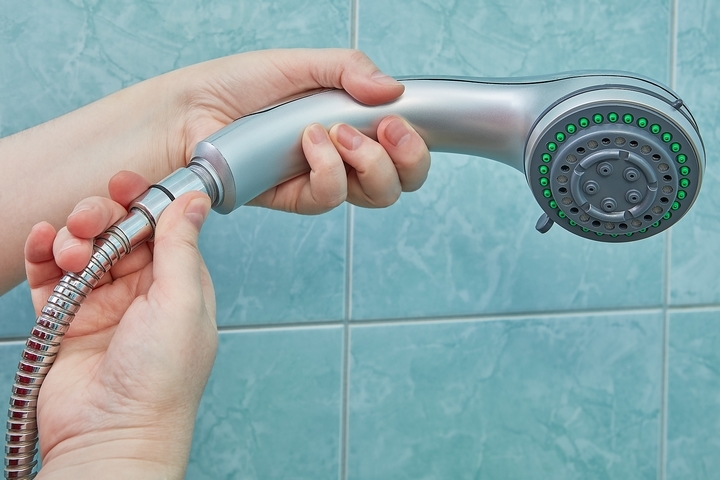
To possibly fix the shower issue, you could try changing the pipe attached to the handle. Make sure to shut off the water and dry the work area to avoid accidents. You’ll need to take off the current handle and pipe, usually by unscrewing the handle and loosening the pipe using a wrench.
After taking out the old pieces, measure the new pipe carefully to make sure it fits. Choose a replacement that’s right for your shower setup. Install the new pipe following what’s in the manual, then put on the new handle. Finally, turn the water back on and check if your shower runs smoothly without any leaks, with good water pressure.

